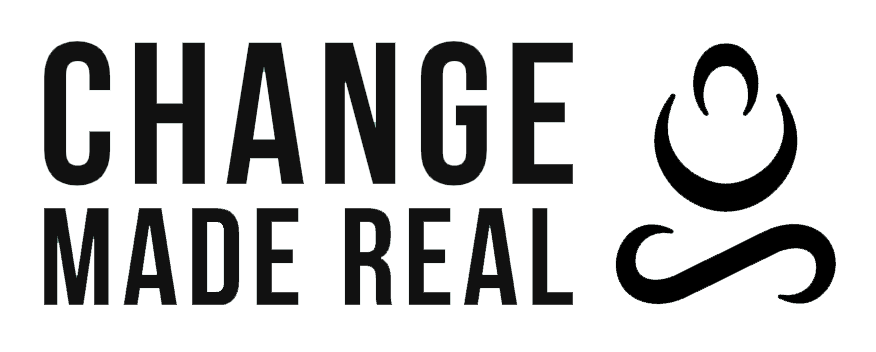21 Oct Systemic Constellations unlock limiting dynamics
I recently wrote this article for a publication of the International Association of Facilitators. I thought I’d share it here.
About a month ago, at a professional development event, I took group of facilitators on an unusual journey into the inner images we hold in our subconscious mind.
The people present that evening were a courageous bunch – they had no idea what to expect.
They were curious enough, though, to expose themselves to a new adventure.
Systemic Constellation is an experiential process which is almost impossible to explain in words. It is vast, deep and unpredictable, just like the big wide ocean surrounding Australia.
It needs to be seen – and experienced.
From the outside it looks like people walking slowly through a room.
In reality they are acting as representatives, standing in various places, and giving feedback on how they feel and think in these places.
Facilitated with care, this feedback can give insights into hidden relationship dynamics, and ways to solve a conflict.
The core components of the process are System Constellations and the Solution-Focused approach.
The way it works, is by externalising the inner image you may have about a situation – a situation you are not consciously aware of. You are carrying this image without words.
Systemic Constellation unlocks the unconscious mind, and because of this unexpected solutions present themselves.
Let’s have a look at what we did that September evening, to give you an idea on what we’re about.
First we had a group activity, one the participants could take away and apply in their own practice:
Floor markers identified the corners of a triangle as ‘trust’, ‘knowledge’ and ‘order’, respectively.
These are important ingredients for a team, a project or any organisation to function well.
Walking through the room and exploring these values physically can yield some surprises.
It helps members find insights into their own preferences – and to experience how other people, those more comfortable with a different value, must feel about them.
A lively conversation followed at the end of this activity, with people still standing in their positions and sharing their experience, asking questions and making suggestions as to other ways this tool could be applied.
The main part of the evening, however, was dedicated to facilitating a constellation.
A participant kindly offered an issue we could work with. He was stuck with a conflict in a board he was a member of.
In the initial conversation we defined the elements for the constellation. Specifically, the opposing parties in the board, the task of the board, the organisation, and the customer.
People of the group were chosen to represent these elements, and placed in the room by the client, operating from a non-thinking place.
The process continued by collecting feedback from the representatives and exploring new positions to find a setting with less, or no, tension.
The outcome? Solid insights and actions the questioner could take back to the next board meeting. He was very happy with this.
The participants were surprised by how accurately the representatives were describing the situation, and at their finding new and better positions for themselves.
For me, it was a confirmation of the power of this work.
People who, at the beginning of the evening, had never experienced anything like it, were able to sense into their position in the constellation, give accurate and constructive feedback on the current situation and how to move forward.
I so often hear participants say: “the representative is exactly how that person is in reality”.
People leave these sessions with a clearer perspective of the issue, as well as options and actions they might take to move toward a resolution.
Does this sound intriguing?
If you’ve got a problem, and would like me to host a similar event for your group to resolve it, please get in contact with me.

